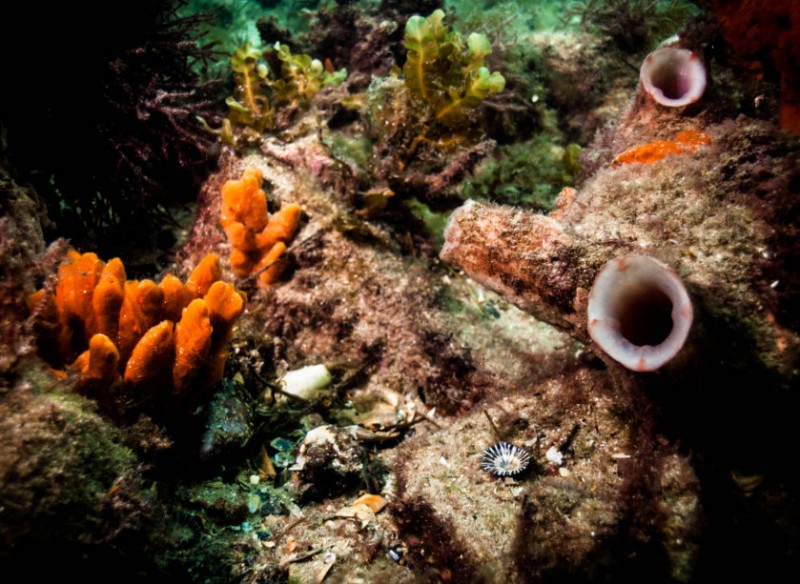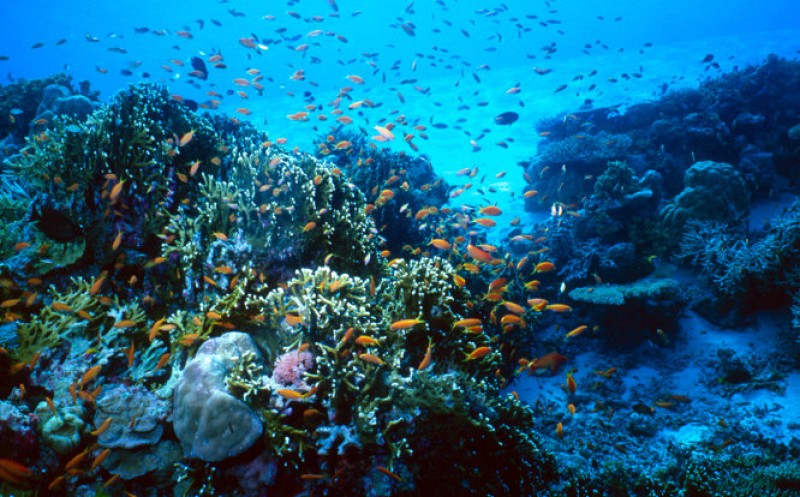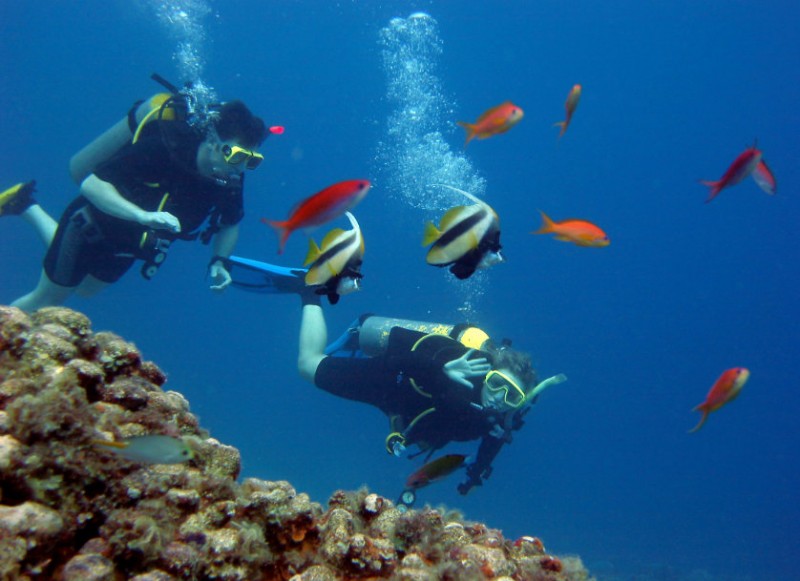

Guidelines for submitting articles to Roda Golf Resort Today
Hello, and thank you for choosing La Torre Today.com to publicise your organisation’s info or event.
Roda Golf Resort Today is a website set up by Murcia Today specifically for residents of the urbanisation in Southwest Murcia, providing news and information on what’s happening in the local area, which is the largest English-speaking expat area in the Region of Murcia.
When submitting text to be included on Roda Golf Resort Today, please abide by the following guidelines so we can upload your article as swiftly as possible:
Send an email to editor@spaintodayonline.com or contact@murciatoday.com
Attach the information in a Word Document or Google Doc
Include all relevant points, including:
Who is the organisation running the event?
Where is it happening?
When?
How much does it cost?
Is it necessary to book beforehand, or can people just show up on the day?
…but try not to exceed 300 words
Also attach a photo to illustrate your article, no more than 100kb

Dive locations in and around Águilas
Spectacular underwater experiences along the 28-kilometre coastline of Águilas
The cliffs and dunes of the Águilas coastline are the backdrop for some of the most attractive dive sites and underwater landscapes in the Costa Cálida, running all the way from the rocky islet of Peñón de la Cueva de Los Lobos to Punta Parda, on the boundary with the region of Andalucía.
Recommended dive sites in Águilas include the following:
Cabo Cope area
Cueva de la Virgen – almost entirely protected from marine currents, this location is home to various wrecks, including those of the Ana María and the Nueva Mi Teresa along with the tail of an aircraft, all of them at a depth of around 25 metres. The entrance to a 7-metre-long tunnel lies at a depth of 12 metres and the dive is described as “very simple”, providing an opportunity to see parrot fish and barracuda as well as dentex, drum, groupers, moray and conger eels and, occasionally, sunfish and eagle rays.
The Mi Teresa was sunk in 1999 to a depth of 29 metres, and is now home to eels and saddled and white sea bream.
Piedra de Santa María – perfect for novice divers, this location features fauna such as lobsters, Mediterranean barracuda, rainbow wrasse and ornate wrasse (known, in local jargon, as “fredi”!). Depth 17 to 21 metres.
The wreck of the Fontanet – although this is a relatively simple dive it can be made more complicated by strong currents on occasion, and as well as the stern of the old fishing boat the Fontanet, there are torpedo rays, black spot grenadiers, lizard fish and Atlantic stargazers, one of the few fish species able to generate an electric current! Depth 12 to 19 metres.

El Jardín – a simple dive allows us to observe, groupers, sea bream, dentex, octopus, conger eels, moray eels, octopuses and slipper lobsters in their natural habitat at a depth of approximately 18 to 25 metres. A colourful dive very close to the Cueva del Mármol.
La Losa del Cobacho – a location for advanced divers which includes the wrecks of the Montoya, the Sable and the Hermanos Mayor. These 25-metre wrecks, sunk to create artificial reefs at depths of between 24 and 42 metres, are home to fish including barracuda, dentex, sunfish and swallowtail sea perch as well as plenty of corals and nudibranchs.
Cueva del Mármol – a relatively easy dive named “the marble cave” on account of the way the light plays on the White limestone walls of the cave at a depth of only around 5 metres. Inside are scorpionfish and, depending on the season, shoals of grey mullet. La Piedra de la Rosa – an advanced dive to a depth of 40 metres, suitable for those with at least 40 dives under their belt, although it generally only lasts for 10 to 12 minutes. On the sea bed is a large rock and next to it a fishing boat which was sunk to provide an artificial reef. 30 metres away is another wreck complete with propeller, and the area is home to a wide range of marine species including yellow madrepora, dentex, corvina drum, tripletails, axinella sponges and, on occasion, sunfish.
El Rescullador – a rocky sea bed protected from easterly winds and marine currents is home to plenty of sea urchins, brightly coloured fish and corvina drum at depths of between 10 and 20 metres.
La Fuente de Cope – recommended only for advanced level divers, this 30-metre dive offers a chance to see ornate and rainbow wrasse, octopus, barracuda and slipper lobsters just off the Águilas coastline.
Isla del Fraile area
Isla del Fraile – there are three dives off the Isla del Fraile, reaching depths of between 3 and 30 metres, with seahorses among the flora flourishing around the fallen rocks which lie on the sea bed.
The simplest dive, known as “La Cresta”, is a visit to an underwater rocky crest which is home to both fish and nudibranch gastropod molluscs, as well as numerous octopus and the occasional sunfish.
A second option known as the “boya del medio” or “Pared sur” begins on a platform at a depth of 8 metres goes down to a depth of 30 metres, observing moray eels, more colourful molluscs and needle fish. Crabs, eels, blenny and gudgeon can be seen on the way back to the surface.

Finally, the dive known as the “mogote” consists of a visit to a rock face which goes down to a depth of 24 metres, and offers a chance to see needlefish and, in some cases, seahorses. This is the simplest of the three dives in the area, due in part to the lack of current, and is named after a large ball of rock which protrudes above the surface of the water.
El embarcadero del Hornillo – the old jetty which was built in the first years of the 20th century to transport the minerals mined further inland is an ideal location for a night dive, reaching depths of 11 metres. During the hours of darkness this is a preferred hunting ground for squid, cuttlefish and conger eels.
El cabo Luisma – this shallow site is popular during the less friendly conditions of the winter.
La Cabeza del Caballo – another good spot for the first dive of the year, this is a sand bank at 8 metres followed by a rock face populated by abundant fauna, and going down to a depth of 15 metres.
Others
La Losa – a fairly deep dive (30 to 34 metres) where as well as plenty of lobsters divers may be lucky enough to encounter deep sea fish. There is a horseshoe shaped rock which is home to large groupers and sea snails as well as rainbow wrasse and ornate wrasse and the occasional eagle ray and sunfish.
Click for Águilas Tourist Information Office
Click the link to see full information about the municipality of Águilas in English: ÁGUILAS TODAY

